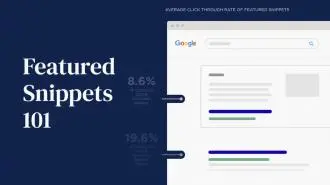Summary / TL;DR
Natural language processing (NLP) plays a vital role in on-page SEO by helping search engines better understand content and user intent. It enables semantic search, allowing machines to interpret language contextually rather than by keyword matching alone. Google’s BERT algorithm, introduced in 2019, marked a turning point by combining NLP with machine learning to deliver more relevant search results. NLP aids in structuring content through entities, sentiment analysis, and salience scoring, which influence rankings. Effective use of NLP includes optimised headings, meta descriptions, alt tags, and internal links, as well as tools like Google’s NLP API for content analysis. Implementing NLP also supports mobile optimisation, faster load times, and topic clustering for improved user engagement and visibility in search results.
The SEO method is markedly different from the website architecture that was available years ago.
Thanks to the latest developments in natural language processing (NLP), the way people consume information has truly transformed. As search engine algorithms continue to evolve, NLP stands out as a crucial component, often linked with SEO strategies.
To make your page stand out in search engine optimisation, you must have a clear structure that you can develop with NLP. It’s part of the larger SEO tactic and helps make the subject more accessible to readers and search crawlers.
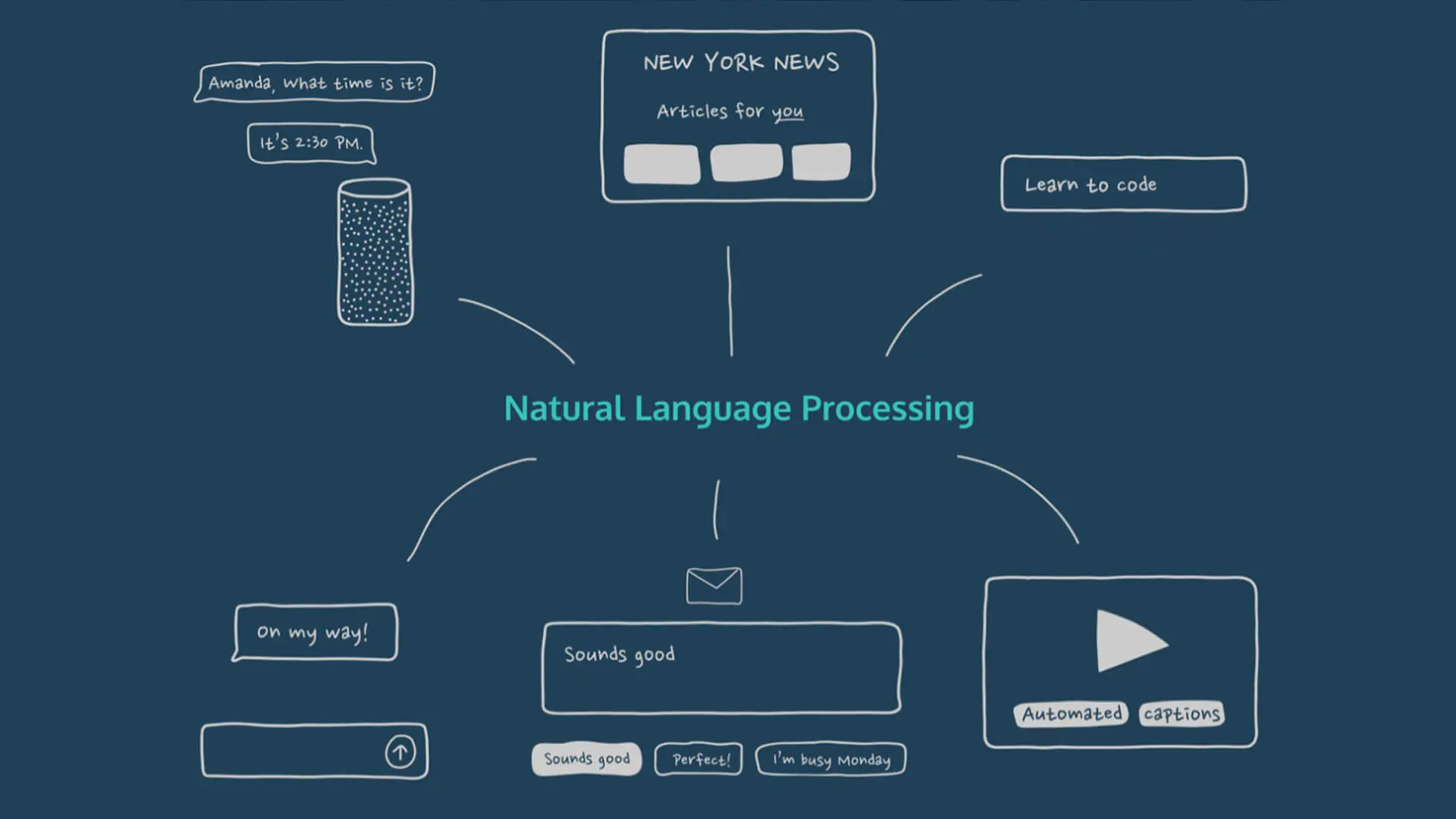
The best way to get to know NLP is to think of it as X-ray goggles, allowing you to see what goes on underneath and understand human language in all the articles. When people browse a site, there are specific ways to grab their attention.
We’ll discuss all that in today’s guide as we explain NLP’s impact on SEO, including the meaning of NLP natural language processing in SEO and what NLP is.
What is Natural Language Processing (NLP)?
NLP’s semantic search capabilities help organise content, allowing search engines to better understand and interpret user intent. Think of it like a memory aid; Google builds knowledge graphs to systematically store ideas and articles.
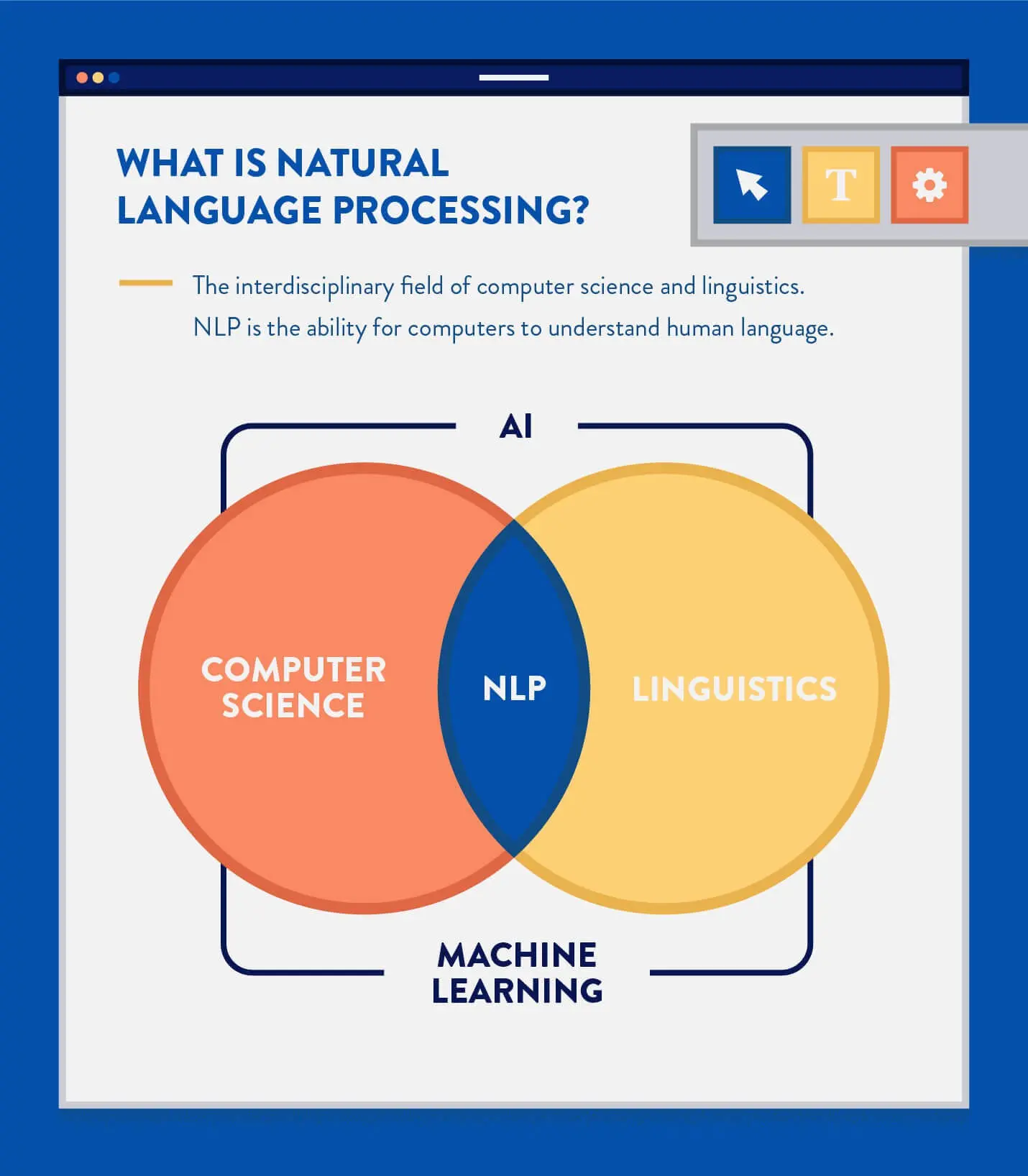
In other words, natural language processing is an SEO method that works by converting human ideas into content for machine learning, giving insight into NLP SEO meaning, and handling natural language queries. Hence, it helps search engines like Google understand human behaviour for success in online marketing.
NLP plays a crucial role in SEO tactics and content optimisation for any SEO tactic, ensuring users get value for spending time on your page. NLP helps search engines rank the page for NLP keywords, meaning, intent, and matching an article to the user query without hassle.
Using NLP techniques taps into artificial intelligence, deep learning, and machine learning (ML). ML acts like a database, storing words and understanding how they fit together.
The data are fed into ML engines and processed based on grammar rules and people’s real-life linguistic habits using the NLP term SEO. Using this data, the computer can see patterns and predict what’s next, explaining NLP keywords.
We’ll discuss this in greater detail in the following section.
SEO Strategy
As part of NLP, you need to be aware of the changes in the digital landscape and marketing. Every so often, an algorithm changes the way people consume content.
You must be proactive and detect these minute changes to adapt your SEO tactics accordingly. This proactive approach offers innovative SEO solutions, providing a competitive edge and improving the website’s ranking.
You’ll have to find ways to improve by keeping an eye on the future. Especially with the rise of NLP, understanding user experience, marketing trends, and structured data is more important than ever.
Want to receive updates? Sign up to our newsletter
Each time a new blog is posted, you’ll receive a notification, it’s really that simple.
BERT Algorithm
If you think back to 2019, when Google announced the release of its BERT algorithm, the statement read that it would impact 10% of Google Search queries. This was significant, leading to SEOs gathering data about BERT and affecting their articles.
Through the BERT model, Google searches have become more focused on quality topics, leading people to browse relevant blog posts. More importantly, the algorithm uses natural language processing to answer user queries.
Importance Of The BERT Update
The BERT update, which stands for Bidirectional Encoder Representations from Transformers, was a forward step in machine understanding models. It helped analyse every piece of content to create content that understands user intent and boosts SEO performance with users. It links words or phrases related to different texts, helping Google rank pages based on users’ writing intent and content value.
With Google’s BERT algorithm and NLP joining forces, traditional SEO methods have evolved. This synergy helps you grasp what people need and tailor your content to address specific search queries more effectively.
The bottom line is that if your page provides relevant, accurate information, it helps Google, and the chances are that it will be higher on the search list.
Understanding BERT
From the point of view of SEOs, BERT and NLP work in partnership to achieve the desired result. But first, we’ll tell you about the two essential components of Google’s algorithm: methodology and data.
We found that the BERT update collects data related to different content and then analyses it. To ensure efficient analysis, BERT uses NLP to understand the context of an article by looking at specific categories and phrases.
We suggest that you look at pages with a high rank to understand how they curate their content. Even something as simple as researching a sentence or word before and after keywords will help you optimise the page according to your needs.
Hence, Google can easily find content related to the query, generating search traffic for the website.
Changes Brought By NLP
It’s no secret that the natural human language is complex and has changed how people and search bots view content. Instead of looking at words and phrases as separate entities, Google considers an entire sentence, paragraph, or phrase. In other words, search platforms like Google are conducting semantic analysis.
Contrary to popular opinion, NLP is not new to digital marketing and has always existed in one form or another. Its latest form for on-page search rankings is BERT, which allows users to compare SEO content with other pages available.
While ensuring that the algorithm’s content is easy to understand is important, your priority should be the users. After writing an article, it’s important to get perspective and ask yourself if the content answers the user’s query.
In some cases, when you compare the content to other pages, you may find that supporting content needs to be added. This is a critical step because you can’t always judge the efficacy of a blog post solely based on relevant search results.
How Google Uses Natural Language Processing?
One way to stay on top of Google’s algorithm is to place yourself in the tech giant’s shoes. Using NLP in on-page search rankings, determine how Google aims to evolve.
While there are several reasons, the most significant is improving search quality. Any algorithm that Google introduces must be helpful to consumers; otherwise, it doesn’t hold value.
Users want an answer related to a specific query, so Google Search can’t afford to display irrelevant content. It needs to adapt according to consumer demands by focusing on the text’s title, the relevance of the topic, and the article’s intent.
Machine Learning
Even though we touched upon ML in passing, discussing it in greater detail is essential. Just as the human mind learns new things, Google comes across new information.
This is especially true with the advent of voice search, which allows users to be more specific in their demands. However, sometimes, it becomes difficult for the algorithm to understand what the user is saying or search for content without historical data.
Thus, NLP aids Google in better understanding search queries and delivering accurate responses. And there’s no denying that website architecture has undergone drastic changes due to NLP.
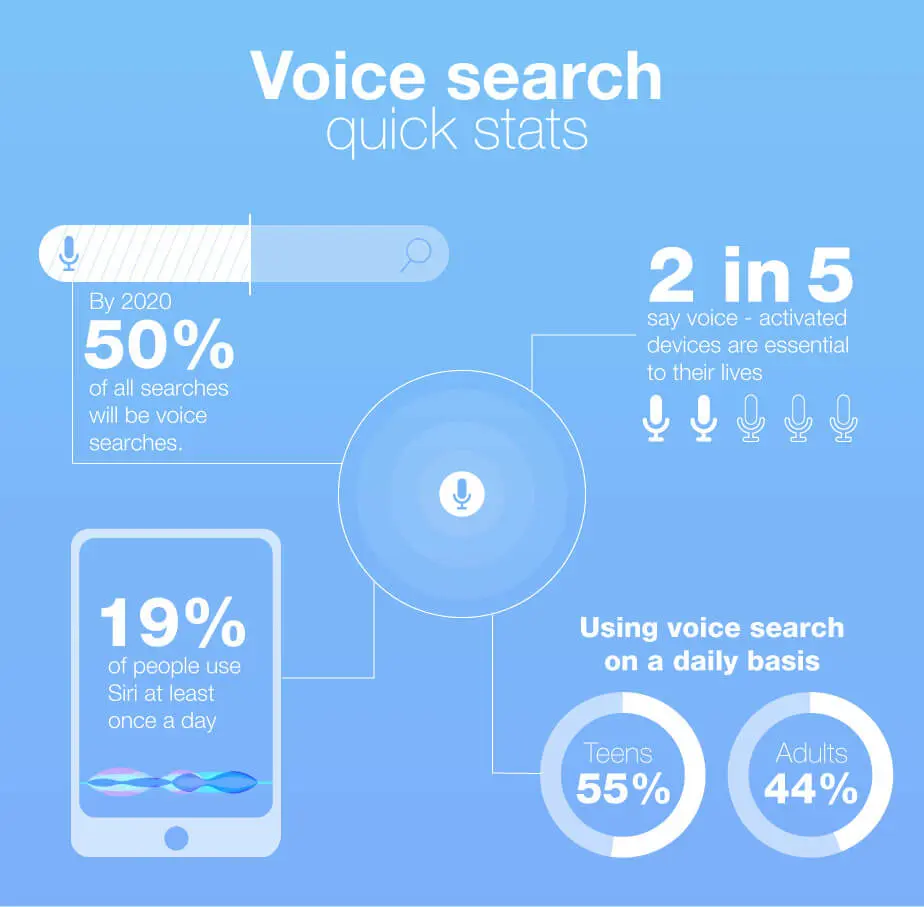
Relevance Of Sentiment in NLP
To understand whether certain content should rank higher, Google BERT helps find the link between different words in a sentence. Unsurprisingly, Google’s algorithm focuses on keywords and their synonyms to learn a new topic.
Occasionally, you may also encounter a text containing’ stop words,’ which have multiple meanings, making it harder for the search crawlers to grasp the context. However, with the latest tools, it has become easier for Google to rank on the page and understand its sentiment. The most important tool here is Google’s Natural Language API demo, a free tool.
Even when search crawlers miss certain language cues, Google’s NLP can still detect positive or negative sentiments from specific words. If your page gives off a negative vibe, it could drop in rankings, indicating a need to tweak your SEO strategy.
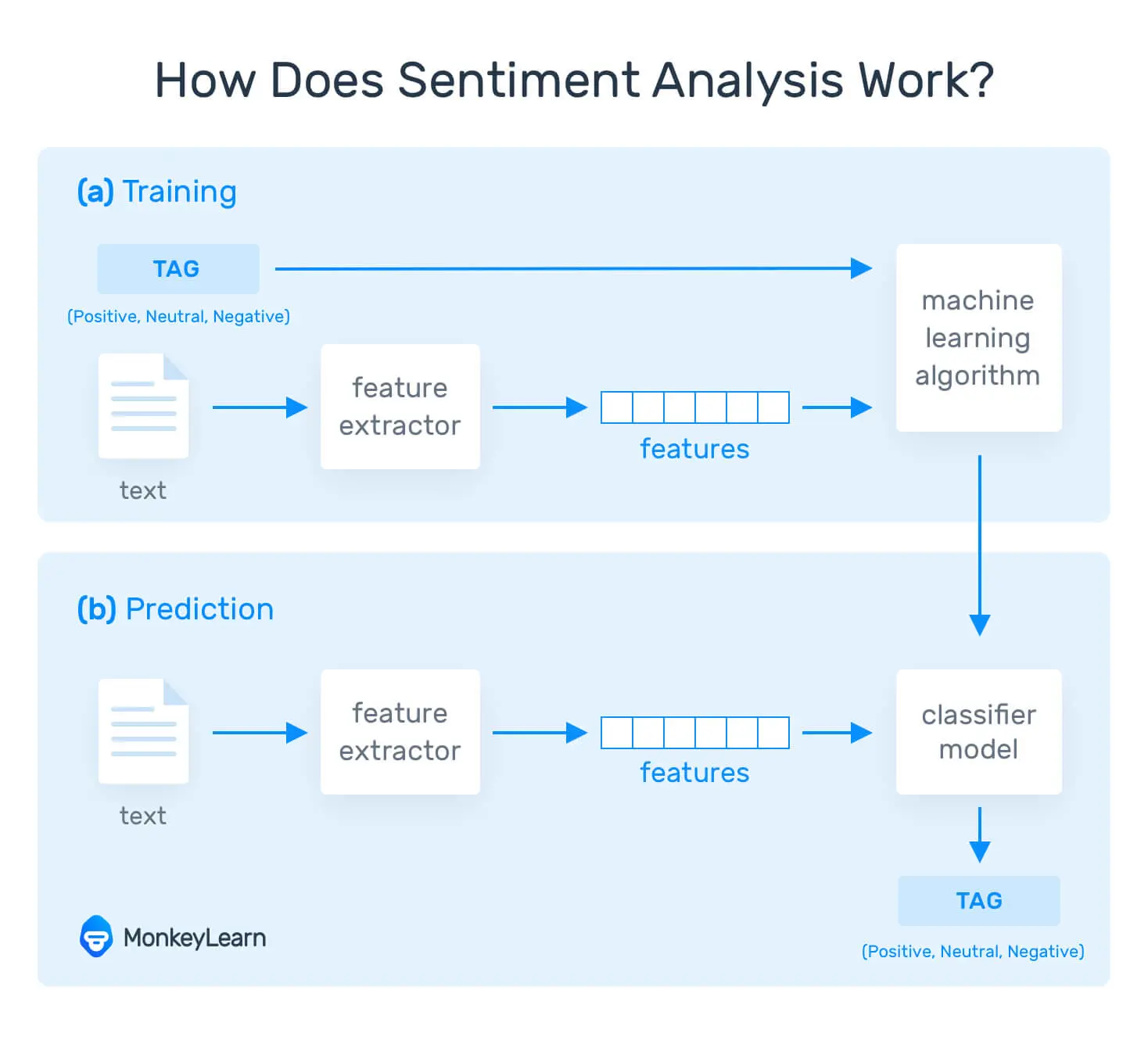
Sentiment impacts the score, which, in turn, changes the rankings. Understandably, a lot of time is spent on sentiment analysis, ensuring search crawlers find your content contextually relevant to consumers.
A sentence with positive words will have a sentiment score ranging from 0.25 to 1, whereas negative texts will score between -0.25 and -1. Sometimes. The content may also express a neutral sentiment, meaning the score will hover between +0.25 and -0.25.
Overall, it would help keep a positive sentiment score without impacting the natural flow of words, as suggested by Google NLP guidelines.
Entity In NLP
When you delve deeper into natural language processing, you must consider content entities. In simple terms, any object that you can categorise is an entity, which is essential to identify entities for NLP optimisation in SEO. Subsequently, NLP analyses these entities to improve the page ranking.
Entities, forming part of the knowledge graph, play a crucial role in SEO efforts. They enable Google to sift through various categories and deliver the desired result. What’s more, an entity has two parts: category and salience.
We’ve already discussed how SEOs break the content into categories. So, let’s talk about the salience, which is known as the relevance of a specific entity as it appears in the text. Moreover, search engines provide a salience score after analysing an article, with the highest score being one and the lowest 0.
Using Natural Language Algorithm In SEO Tactic
It’s essential to understand that you should use NLP, with its ability to interpret context and meaning, as part of a comprehensive SEO strategy, as it alone cannot guarantee success. It isn’t easy to succeed in marketing without NLP, as it allows you to engage in content and query analysis.
The former is particularly useful for researching the consumer’s online activity, telling you what the user is looking for. Once you know, you can design your SEO method accordingly and curate the content to meet the target audience’s demands.
Furthermore, search platforms can deliver faster and more accurate results for enhanced user experience thanks to SEO NLP.
API DEMO
SEO techniques focus on structured markup, meaning search crawlers can understand and rank your page after comparing it with other websites. Google’s tools, such as API demo, a free-cost natural language software, allow you to examine any text.
It provides all the accurate and relevant information to create an effective NLP architecture, permitting you to see how Google distinguishes the difference and rates your content in the online marketing world.
Keyword Research
As with most SEO techniques, keyword research plays a vital role in the context of machine learning. It allows you to make an article relevant for consumers while the search bot picks up on the structured markup format of the page.
Speaking of structure, having keyword architecture improves how people respond to the content. With the BERT update and NLP, you can compare your choice of words to other available articles.
Finding out which word works best will improve your ranking drastically, ensuring search crawlers understand the page’s intent. Since the top sites also rank for keywords, you can survey which keyword combinations Google rates highly. And you can target those keywords to answer a specific query.
External Backlinks
Another essential attribute of using NLP is effective linking. Internaland external linking is vital for enhancing the relevance of your page in any SEO tactic.
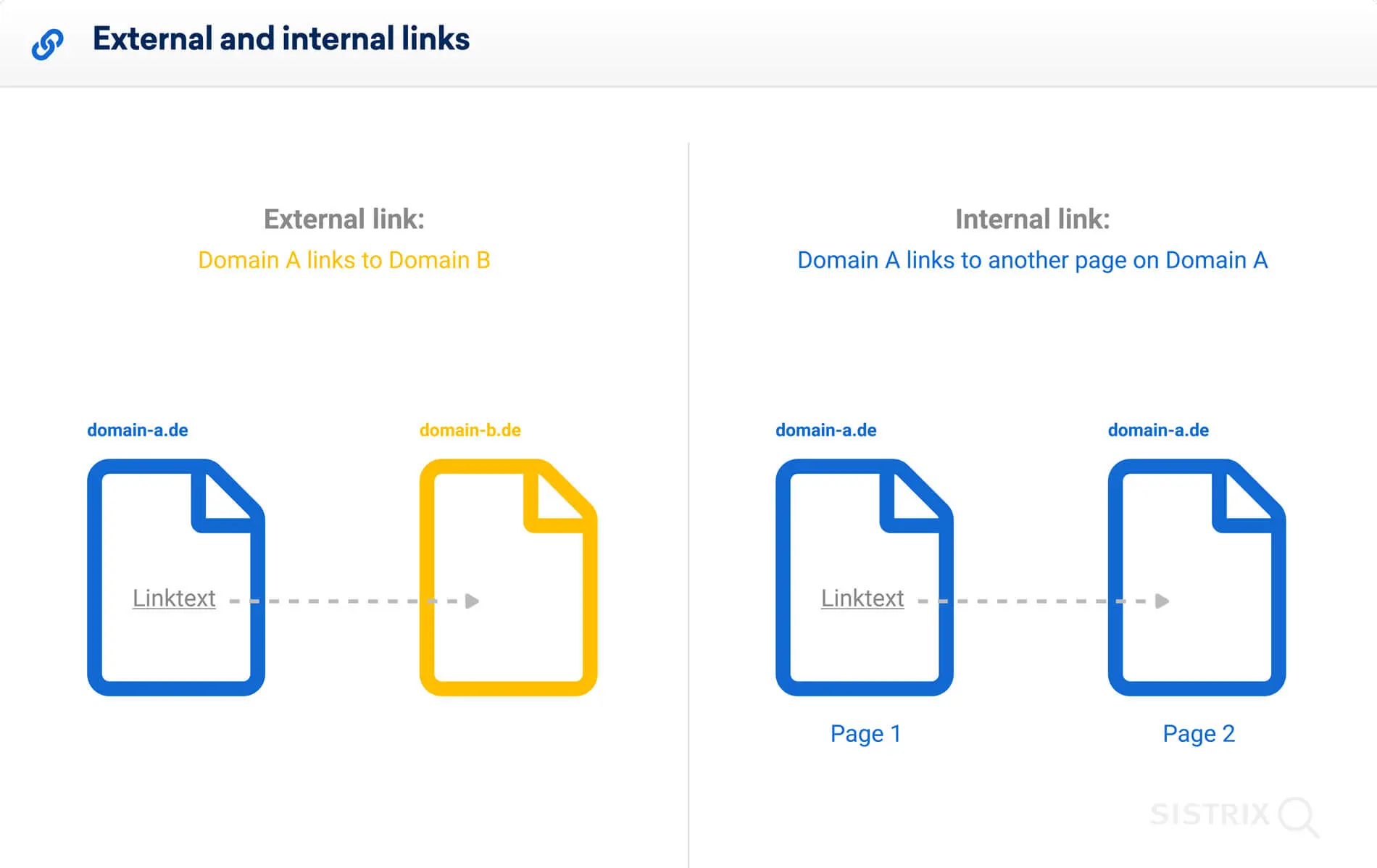
Your page must engage in inbound and outbound linking, improving user experience. Inbound links, for example, focus on using appropriate keywords related to a specific query, directing organic traffic to your page.
If Google’s tools consider your content relevant, other pages will link to it, bringing the website higher up the ranking. similarly, linking to relevant articles after careful analysis is important, helping your website stand out.
However, you can direct a user to other trustworthy sources rather than link to rival pages. It shows that people can trust you to answer a topic necessary answer.
Competitor Analysis
Using NLP as part of an SEO method means looking at how top content marketers write. Analysing the content helps you optimise the article so that it’s easy for consumers to solve their queries.
To give people what they are looking for, Google needs to understand the world as we do, but that’s not possible.
The more realistic expectation would be to improve user experience through API demo and BERT, helping sentiment analysis. For that, Google’s tools need to have access to the data available on the internet.
So, data collection holds the key to ensuring that machines learn quickly to meet user demands.
Page Optimisation Through NLP In SEO
To fully utilise NLP for developing SEO architecture on a page, it would help to look at the following factors.
1. Title Links
When you type a query into the Google Search engine, the title tag is the page’s name. For the page to appear higher up on the list, the machine algorithm must understand the content and context of the page.
Hence, you can add specific keywords to the title, making it easier for the search engine to rank your content. It would also help keep the title tag short and place the keyword at the beginning to make the full name visible to a user.
2. URL Structure
Creating a relevant URL that proves convenient for consumers and search platforms is equally significant. We recommend that the URLs have short descriptions of the topic, ensuring the machine algorithm can display accurate results.
Also, instead of using numbers, it would help to include a keyword, allowing people to understand the user intent better. A clear and precise URL helps update the site’s structure, generating consistent traffic.
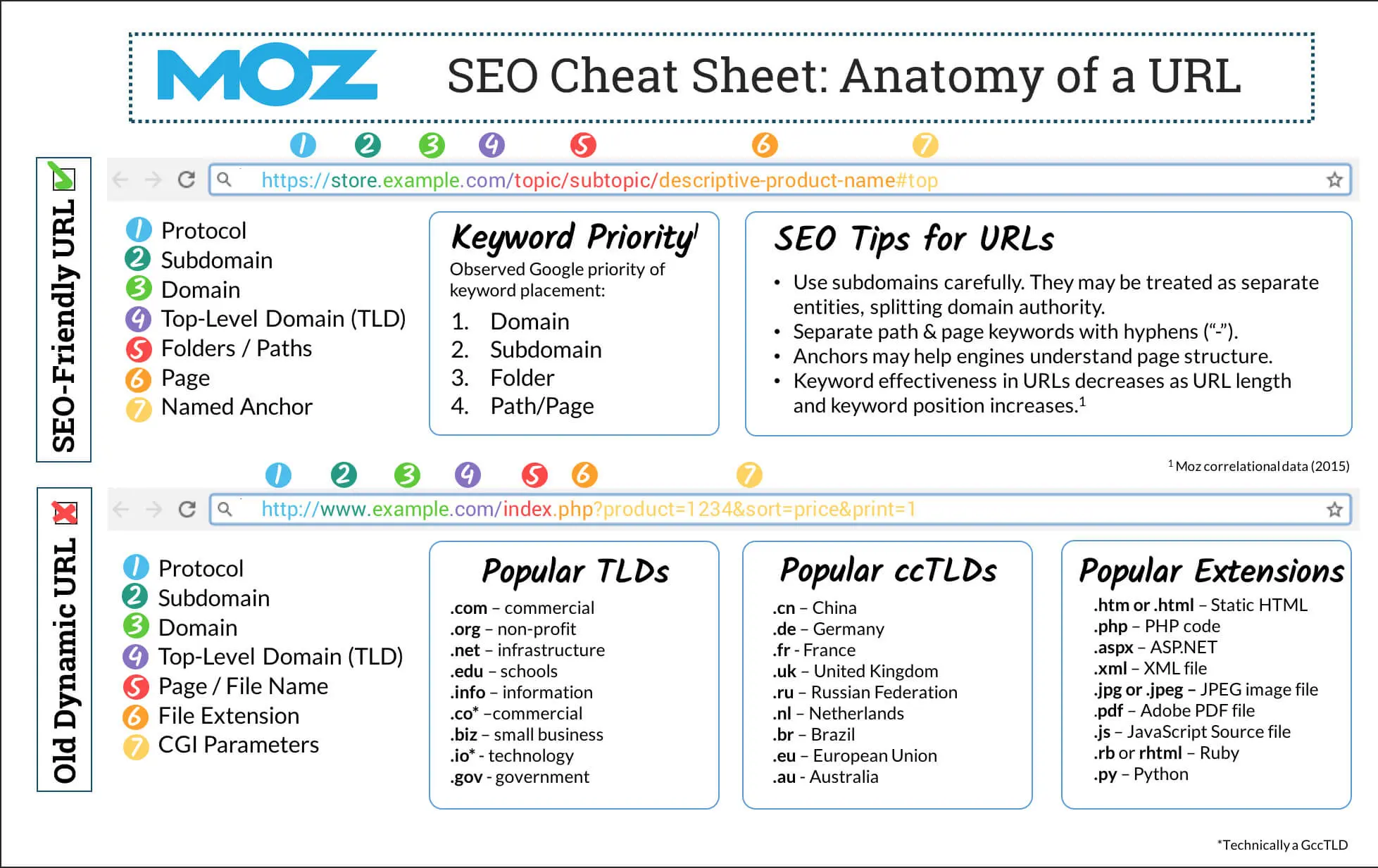
3. Headings
As we go deeper into the SEO architecture, you’ll see how your writing impacts the page’s ranking. For your text to be agreeable to modern search engines, you must divide the page and its featured snippets into categories.
Each category will have a heading to break up the text into clear sub-sections, and you can use different font sizes to create the desired effect. It’s also essential to add heading tags for the convenience of consumers and search engines.
You can use these tags throughout the body of the text, allowing people to grasp the topic quickly. Moreover, thanks to related keywords, search engines don’t have trouble as they can understand the page’s context.
4. Writing The Meta
Meta descriptions summarise the page’s content in just a few words. When you type a query into the search engine, it appears on the results page, helping users understand if the content is relevant.
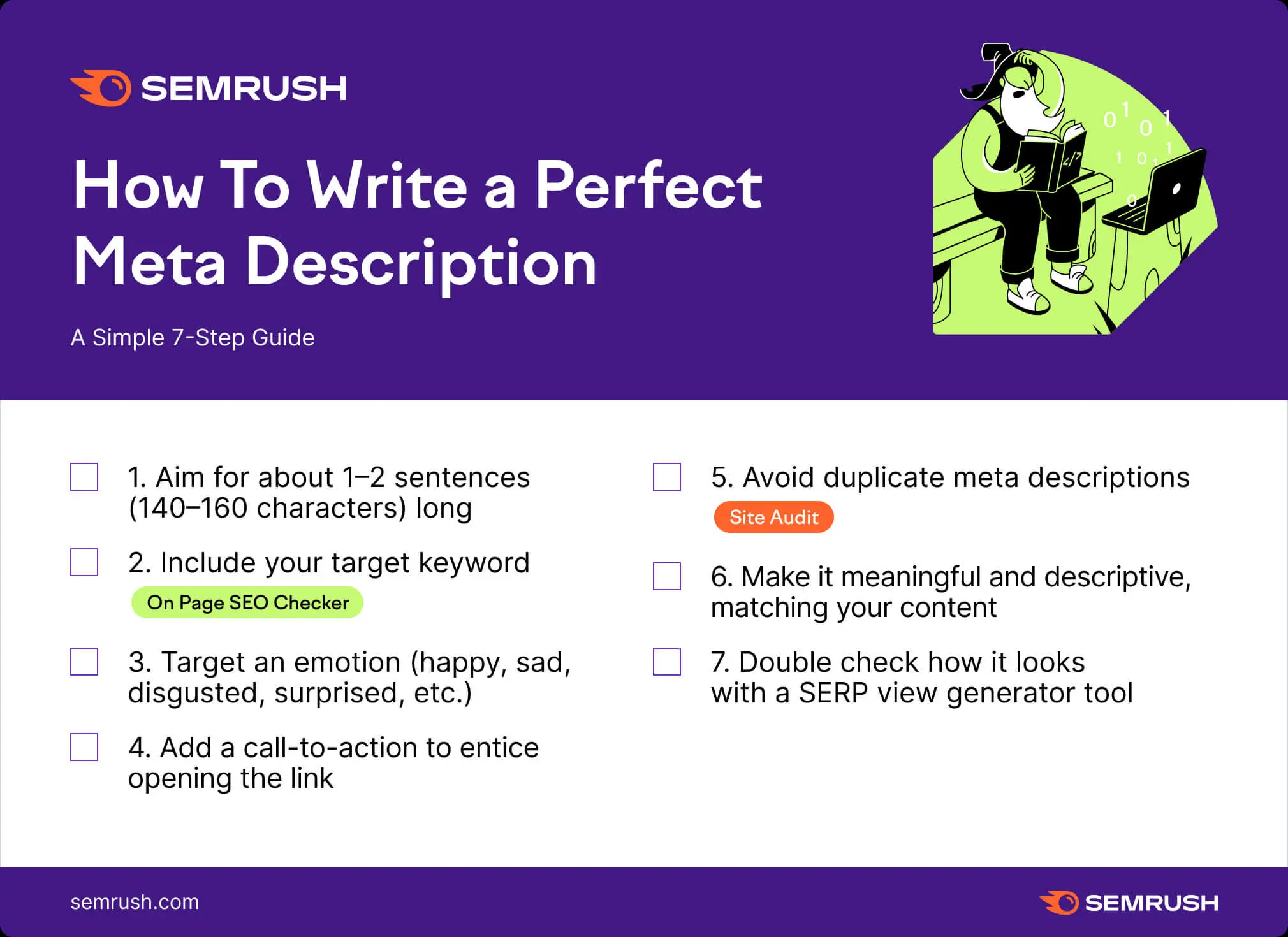
Although it doesn’t directly impact on-page optimisation, meta descriptions play a key role in SEO architecture. Depending on the search query, Google highlights similar words so that consumers can follow the featured snippets to a top website.
Like the other points in this list, you must use core keywords to ensure the meta description stands out. Also, keep the sentence short and crisp for the most significant impact.
5. Creating A Keyword Database
You need to create a keyword database and update your SEO tactic. Knowing how to use NLP in SEO and which keyword or phrase will help establish a clear topic in your articles is essential, leading to more traffic.
Once the SEO method kicks in, you can’t afford to lie back and wait for things to happen. Online content constantly evolves, and you must know what words other writers use.
For example, it’s doubtful that your content will be unique, given that so many web pages have the same target audience. However, you can develop an understanding of how Google’s search engines rank specific phrases, leaving a mark on customers.
6. Innovate
Thanks to keyword tools, it becomes easier to distribute the phrases throughout the article than concentrate them in one portion. It would be best to analyse the monthly search volume and determine how certain words perform. Hence, you can get rid of irrelevant material to bring the page up to speed with Google’s algorithm.
We suggest using both short-tail and long-tail keywords to make your articles relevant. As the name suggests, the latter consists of 3-4 words and doesn’t have many takers in content marketing. Conversely, long-tail keywords work great for specific queries, allowing the search engine to better understand the article’s intent.
7. Alt-Tags
SEO experts will tell you to judge the high-quality content on the page, irrespective of the design, because search engines don’t understand multimedia. That’s where alt-tags come in.
Alt-tags expand your reach, ensuring that the content reaches most people. Remember to add a relevant alt tag whenever you use a multimedia file so the machine algorithm understands the topic.
You can add a description to the image file, increasing the website’s chances of ranking higher.
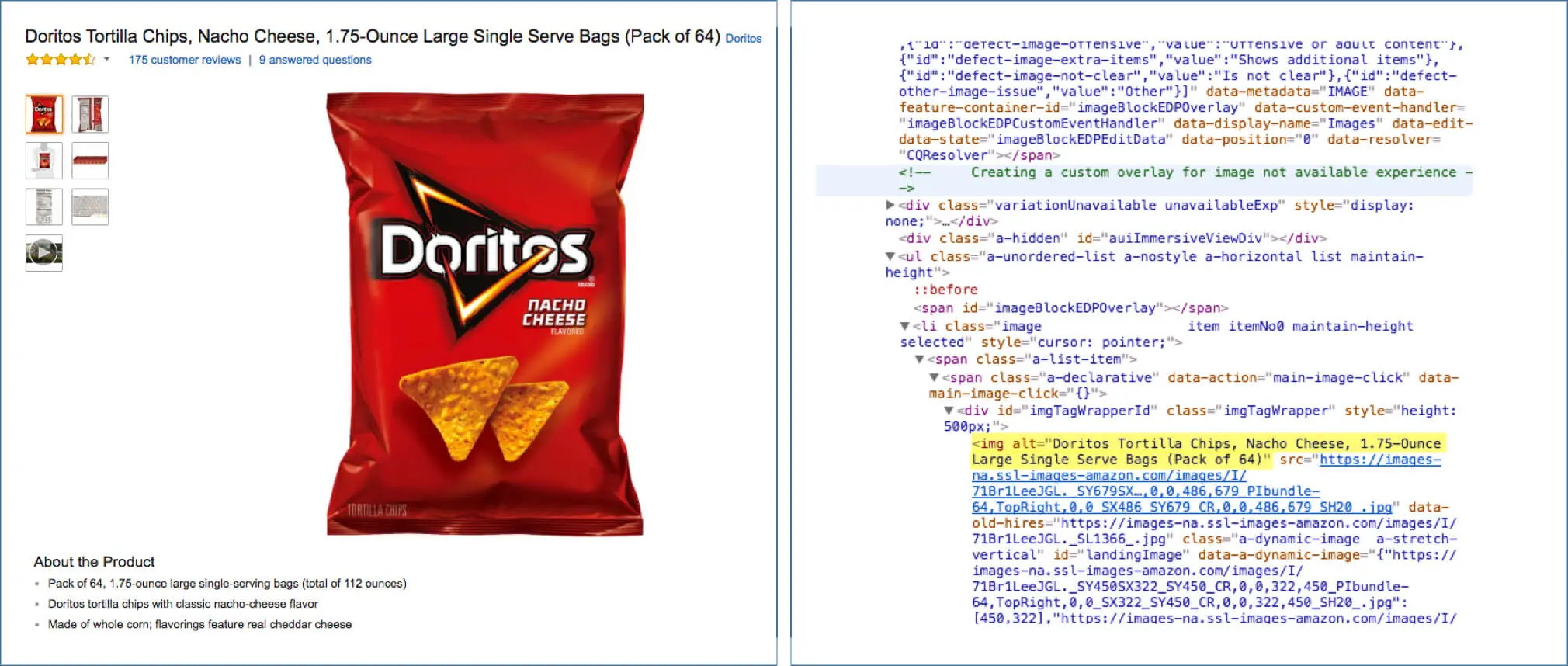
Improving Through NLP
After regular intervals, it’s important to evaluate the content on the page and optimise it with SEO and NLP practices. We have discussed some of these topics before, but let’s look into them in greater detail.
1. Adding New Content
Just because an article was relevant in the past doesn’t mean that you will keep writing on the same topic. It’s important to adapt, meaning you must create quality content and ensure the page stays relevant.
Firstly, remove irrelevant and duplicate articles to improve your SEO ranking. Similar posts distributed across the website confuse the search engine and make it unsure which page to rank.
Similarly, when site visitors repeatedly read the same thing, it frustrates them, reducing organic traffic.
2. Internal Linking
Unlike backlinking, internal linking focuses on providing adequate links for all the pages on your website. It would help link the pages together and the landing pages to develop a consistent theme throughout the website.
That said, don’t keep more than 2-3 sub-categories under each theme. This will make it easier for search engines to find the relevant material. Without internal linking, consumers won’t be able to access your site, leaving their queries unresolved.
Also, remember to link the new pages to any relevant existing page.
3. Mobile-friendly Website
Your website’s ultimate goal is to attract more visitors and resolve their queries. Not surprisingly, you need to consider the device people will use to access the page.
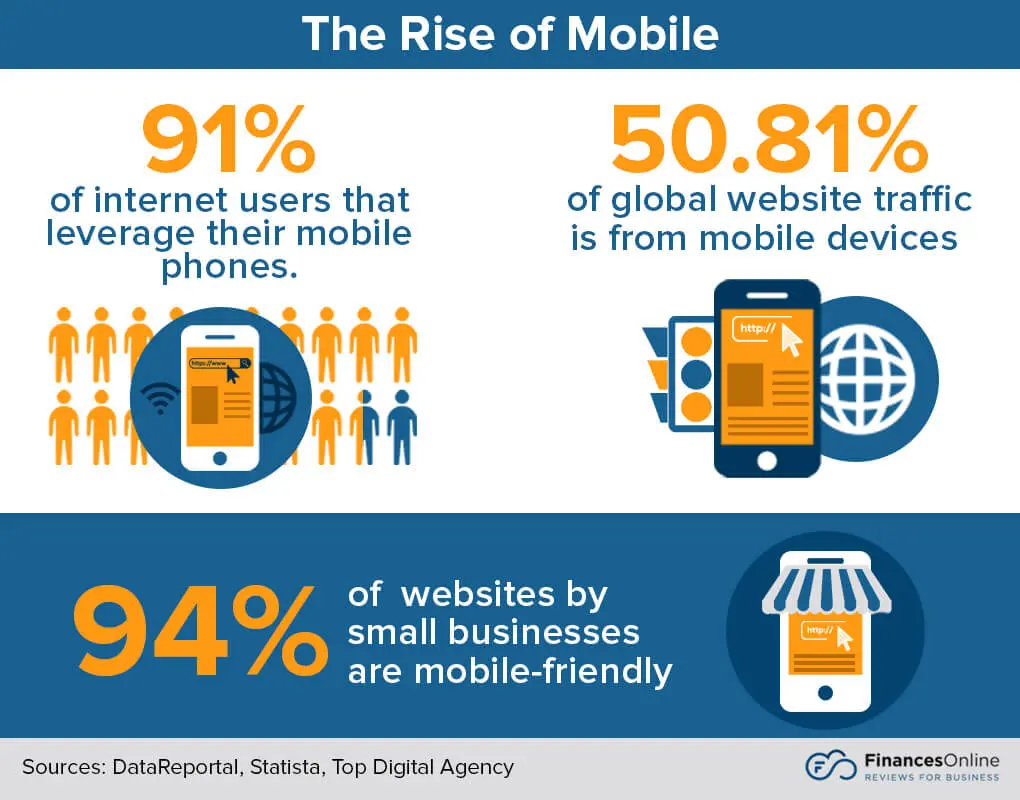
It might interest you that what the website looks like on a laptop is quite different from when people access it on their phones. Hence, the page’s ranking will improve if more people can navigate your site with their latest gadgets.
Understandably, Google’s algorithm ensures mobile compatibility to deliver relevant results that are essential when delivering ranks. So, it would be best if you curated your SEO tactic to make the web page mobile-friendly.
Mobile compatibility creates a more responsive website, meaning you can update and make changes without hassle.
4. Multimedia
We previously mentioned that Google doesn’t recognise multimedia, but that doesn’t mean you can’t use them. Images on different pages improve user experience and are critical to modern SEO methods.
Having relevant images helps break the text into readable paragraphs, assisting readers in skimming through the article. When we talk about ideas, it doesn’t necessarily limit itself to pictures.
They use graphs and diagrams to describe complicated processes rather than writing long, drawn-out sentences. However, when including images, compress the files; otherwise, they will reduce the page speed.
Additional features like alternate texts and video transcriptions may also increase the website’s ranking. These may seem inconsequential, but they prove equally important as you get another chance to include keywords, making the subject relevant, with Google NLP for SEO.
5. Page Speed
Finally, language processing in SEO, the featured snippet, the entity, and other on-page architecture must load quickly to prevent consumers from leaving. If the web page takes longer to load, your ranking will suffer.
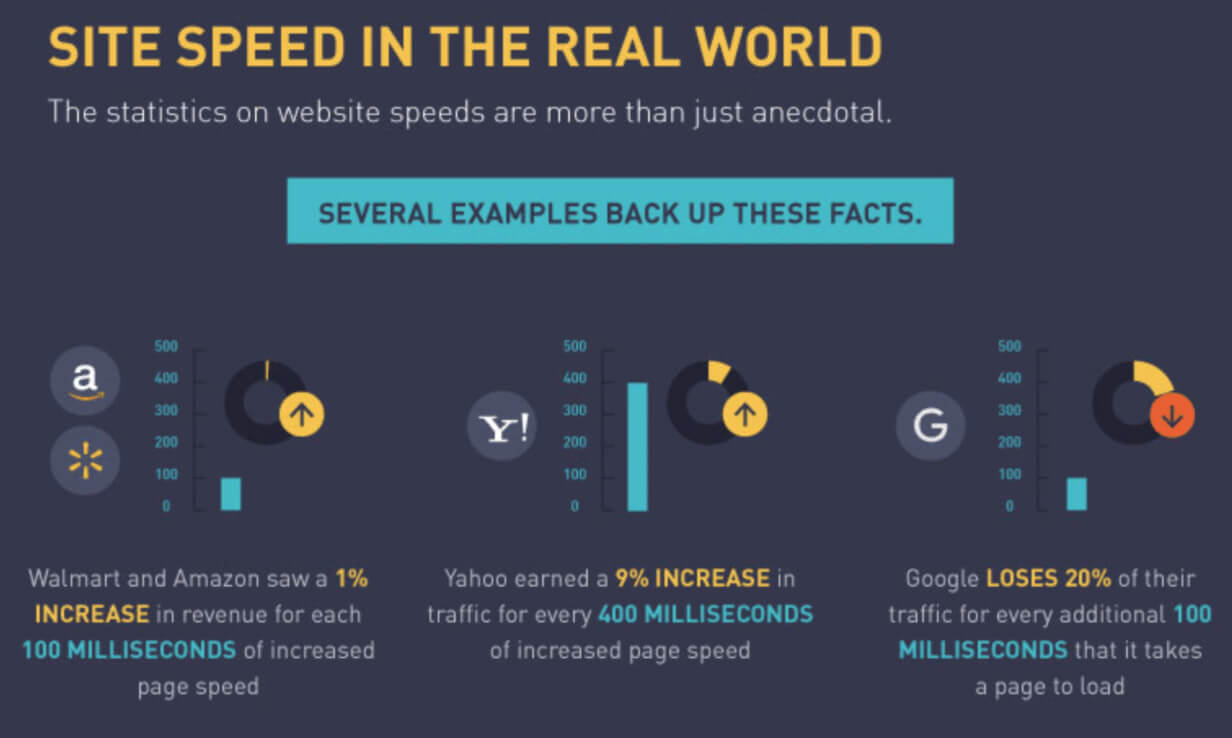
With Google tools like PageSpeed Insights, you can learn to prevent a website from lagging. You can control both the site and page speed by removing long lines of code, reducing visitors’ wait time, and improving NLP keywords.
Additional NLP Tips
This section will discuss how NLP allows you to engage in advanced SEO strategies.
1. Structured Data
This permits you to arrange the information in a tabular form, acting as the blueprint for the website. Along with NLP, it helps increase organic traffic to the page with help from tools like API demos.
Overall, structured data and NLP work together, improving website quality and making it accessible to the search engine.
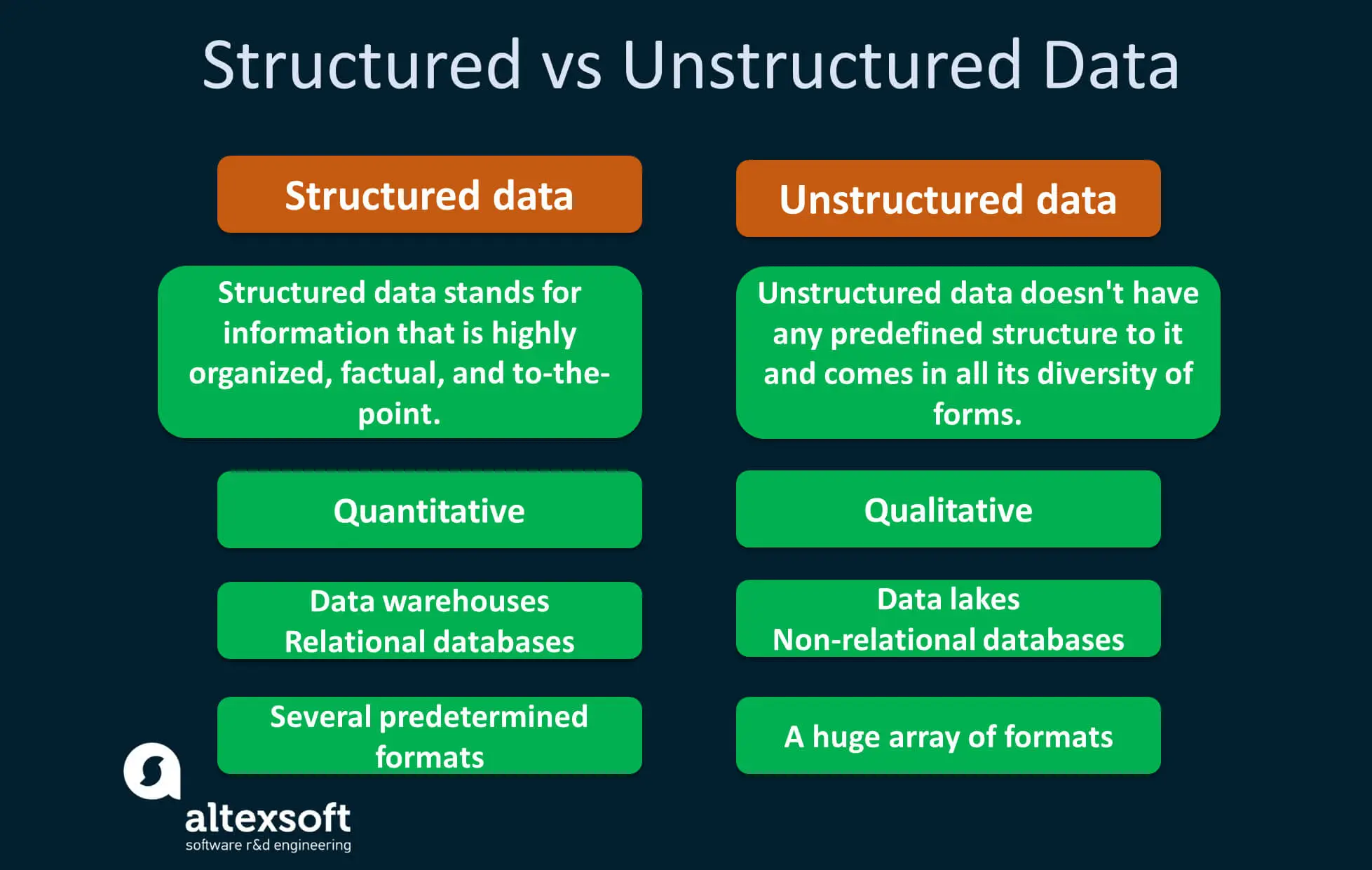
2. Text Recommendation
NLP also helps provide adequate text recommendations by finding out what the user is likely to read next. This is the beauty of machine learning, as it gathers information from every word and sentence and stores it in a readable format.
We must mention that using text recommendations helps increase dwell time—the duration between how long you’re on the website and when you exit the page. A higher dwell time means that consumers find the text relevant and spend more time reading your articles.
So, if Google offers better recommendations, the dwell time increases.
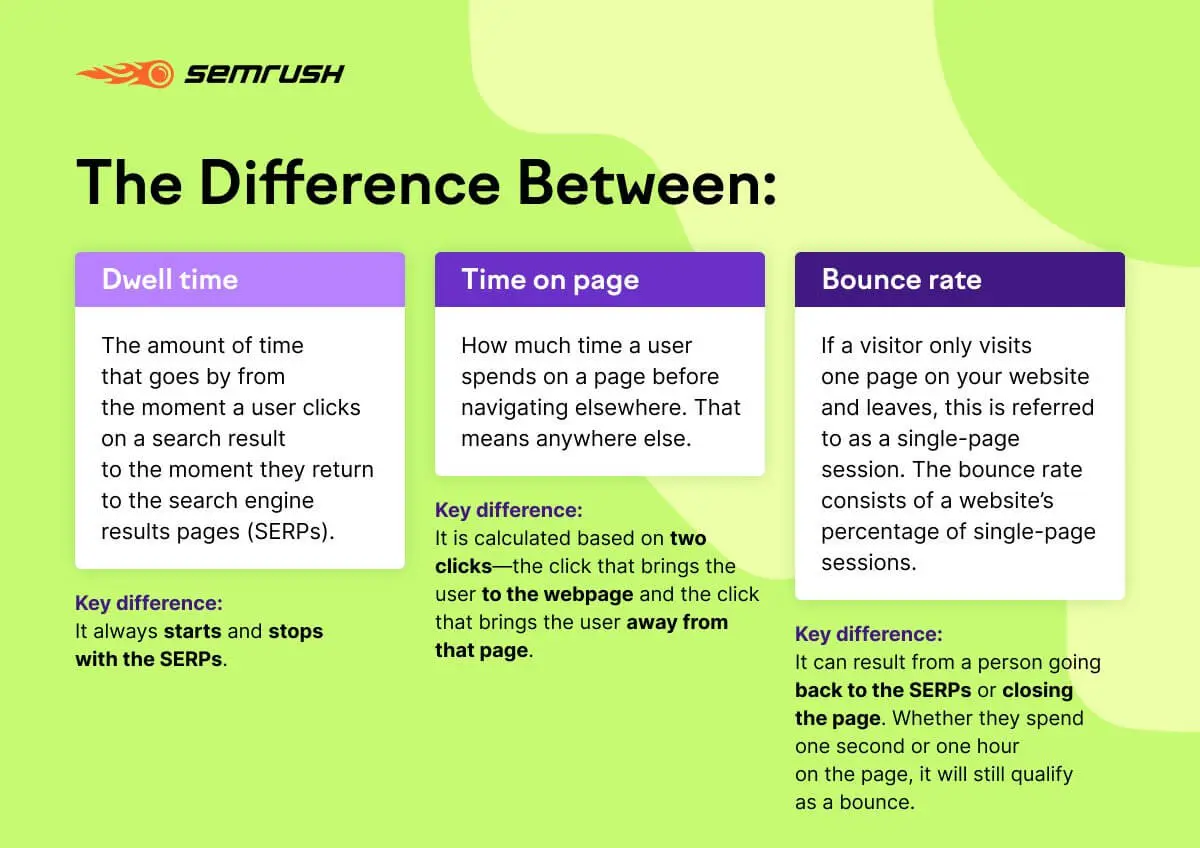
3. Redirecting
You should know how, when, and where to redirect a user, increasing the relevancy and authority of your page. This simple algorithm works wonders in intercepting irrelevant topics while directing people to a page with suitable information. Understandably, it improves the user experience.
4. Topic Clusters
As part of the modern SEO method, people focus on topic clusters rather than keywords. NLP helps make the website relevant by looking at specific topics rather than only keywords so that consumers have all the information.
As ML is taking significant strides forward, search engines can better understand the world around them. For many marketers, attention has changed to specific portions of text instead of words and phrases.
It proves helpful in establishing the intent behind the context of the page, as you can explore the topic from various directions. It also becomes easier to interpret different pages’ user intent and relevancy, delivering more detailed information.
5. Using Simple Sentences
One common mistake digital marketers make is using industry jargon in their writing. This alienates the customer from the page, decreasing dwell time and leading to the site’s fall in the rankings.
A simple technique is to use short, crisp sentences and stick to the topic. Longer sentences may read well when you’re writing, but it confuses visitors. Plus, people don’t have time to read large chunks of texts in contemporary society.
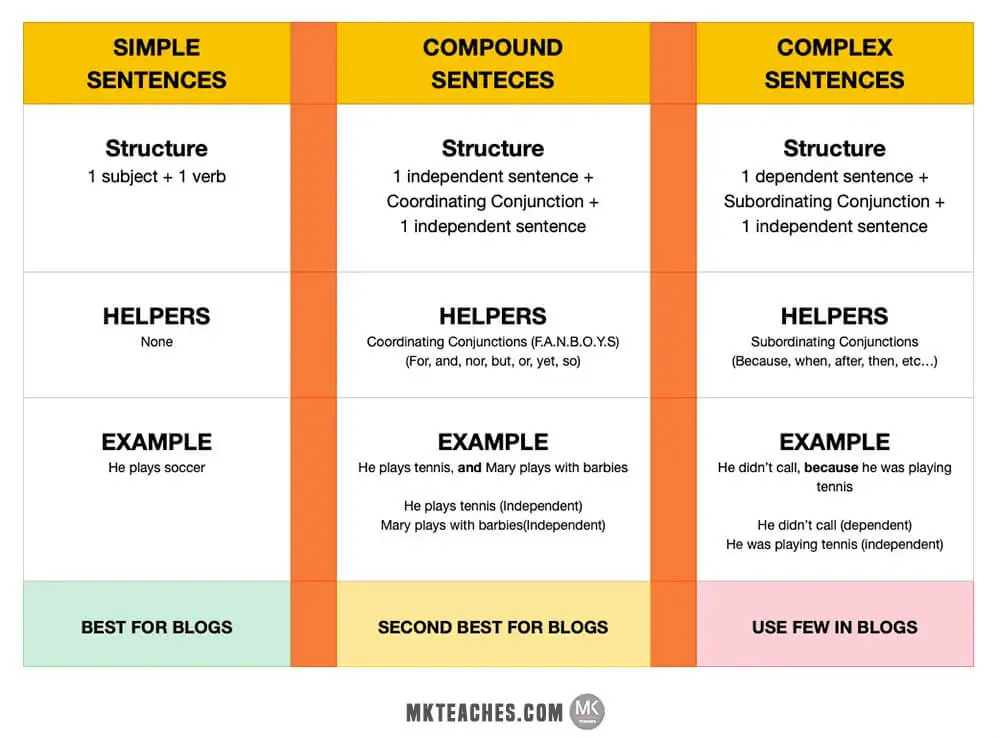
By dividing the topic into clear paragraphs, consumers can skim through the page to find what they need. This naturally enhances the user experience, while search bots find it easier to grasp the website’s theme in the search engine results pages.
Another technique is to use bullet points for better readability, as the topic comes across clearly. It allows both people and search crawlers to judge articles without any hassle, improving your reputation as a brand.
Summing Up NLP For On-Page SEO
If we consider the website a ship, NLP and SEO help steer it in the right direction.
We hope you have all the NLP SEO methods to understand how they impact online data. But NLP isn’t a crystal ball for success; you must innovate and expand your horizons to stay updated with the latest developments.
If you need assistance with your NLP research or to produce some high-quality content, speak with one of our SEO specialists, and we will help you target keywords that’ll get you to the top of search engine results.
It’s time now to bid you farewell. Take care, and remember to refer to our guide whenever in doubt.




